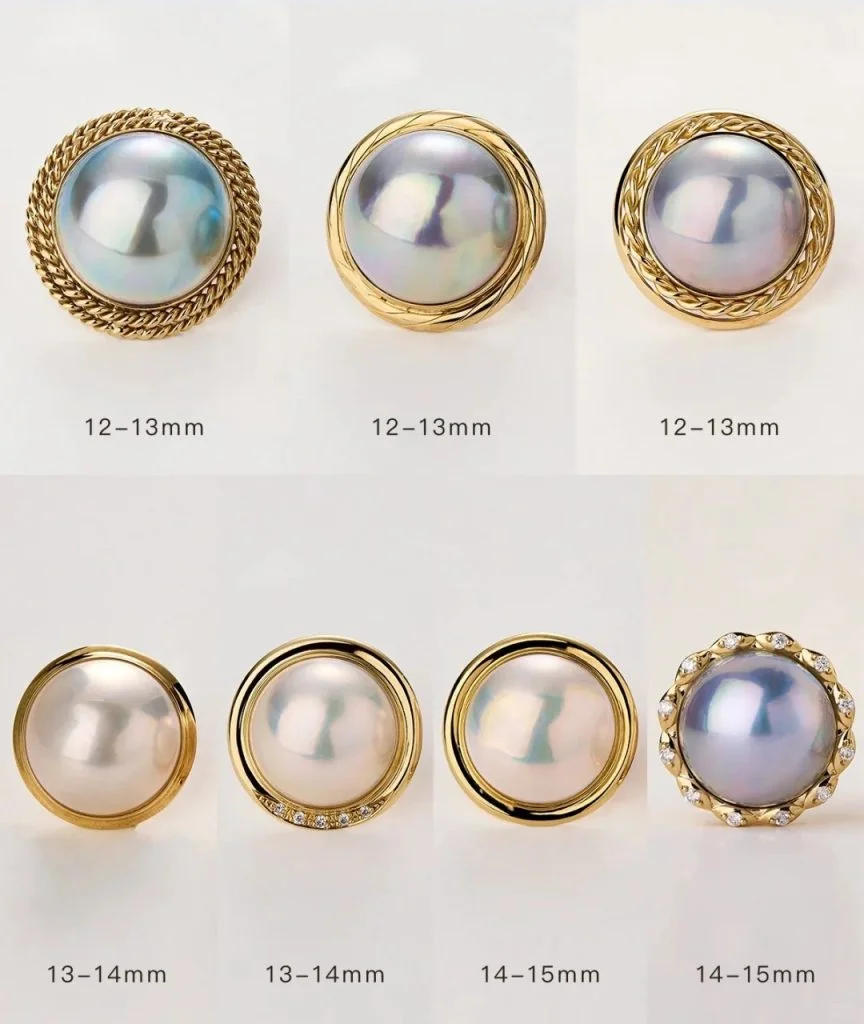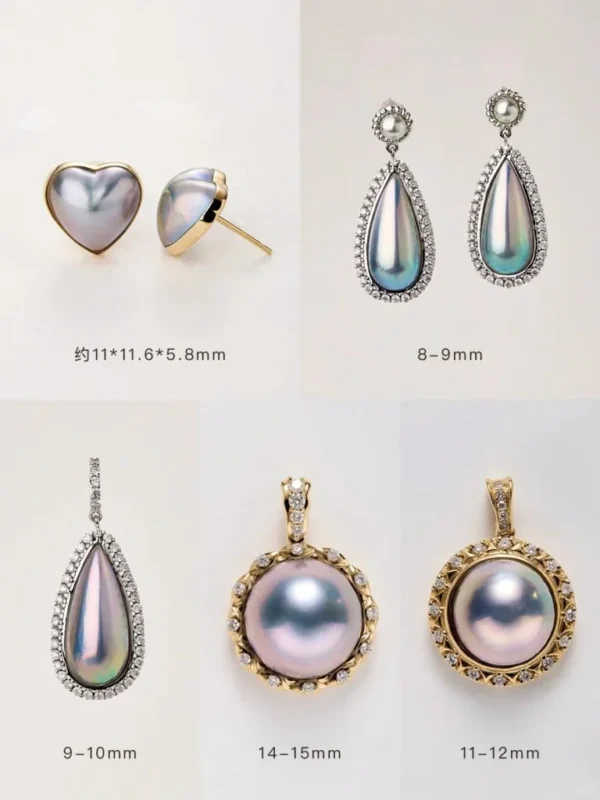Are Mabe Pearls Real? Understanding Their Value and Uniqueness

Mabe pearls, with their unique formation and half-spherical shape, often generate questions from buyers, including concerns about whether they are “real” pearls or if their value is somehow deceptive. In this article, we’ll clarify what Mabe pearls are, their history, and why they are not misleading, but rather a special category of pearls with a fascinating background.
Understanding the Origins and Formation of Mabe Pearls
Mabe pearls, also known as blister pearls, are grown against the inner shell of an oyster, as opposed to within the body tissue like traditional round pearls. This gives them their distinct domed shape, which has made them popular for use in statement jewelry pieces like pendants and earrings. Historically, Mabe pearl farming has seen highs and lows, often impacted by environmental changes and market demand. For example, the devastating earthquakes in Japan significantly affected the production of these pearls, contributing to their rarity and complexity(Whitevictoria).
Additionally, regions like Tonga have taken the lead in sustainable Mabe pearl farming, creating new opportunities for local communities. Despite facing challenges such as natural disasters and the global pandemic, Mabe pearl farms in Tonga have adapted, finding new markets and proving that these pearls still hold significant value.

Are Mabe Pearls Real or “Fake”?
One common misconception is that Mabe pearls are somehow less authentic than their fully spherical counterparts. However, Mabe pearls are indeed real, cultured pearls, formed using a different technique. Their flat backs and lustrous fronts make them ideal for specific types of jewelry, offering versatility that round pearls cannot always provide(Pure Pearls). The method used to cultivate them—placing a nucleus against the inner shell—gives Mabe pearls their unique appearance, but does not detract from their authenticity or value.
The Market Complexity and Regulation
The Mabe pearl market can be confusing due to the varied quality and origins of the pearls. As a result, institutions like the Japan Pearl Promotion Society and other regulatory bodies have been working towards clearer standards and transparency in the industry(The Gem Library). These efforts aim to protect buyers from counterfeit or low-quality products, ensuring that Mabe pearls maintain their well-deserved place in the pearl market.
When purchasing Mabe pearls, it’s essential to do some research on their origin and the reputation of the seller. Trusted retailers can provide information about the farming process, certification, and grading, helping you avoid common pitfalls.

Final Thoughts
Mabe pearls are far from being deceptive. They are a unique, beautiful gem with a rich history and a distinct method of cultivation. While their appearance and market complexities might create some confusion, with the right knowledge, buyers can appreciate their true value and craftsmanship. If you’re considering adding Mabe pearls to your collection, make sure to consult reputable sources and inquire about their farming origins to ensure a quality purchase.
